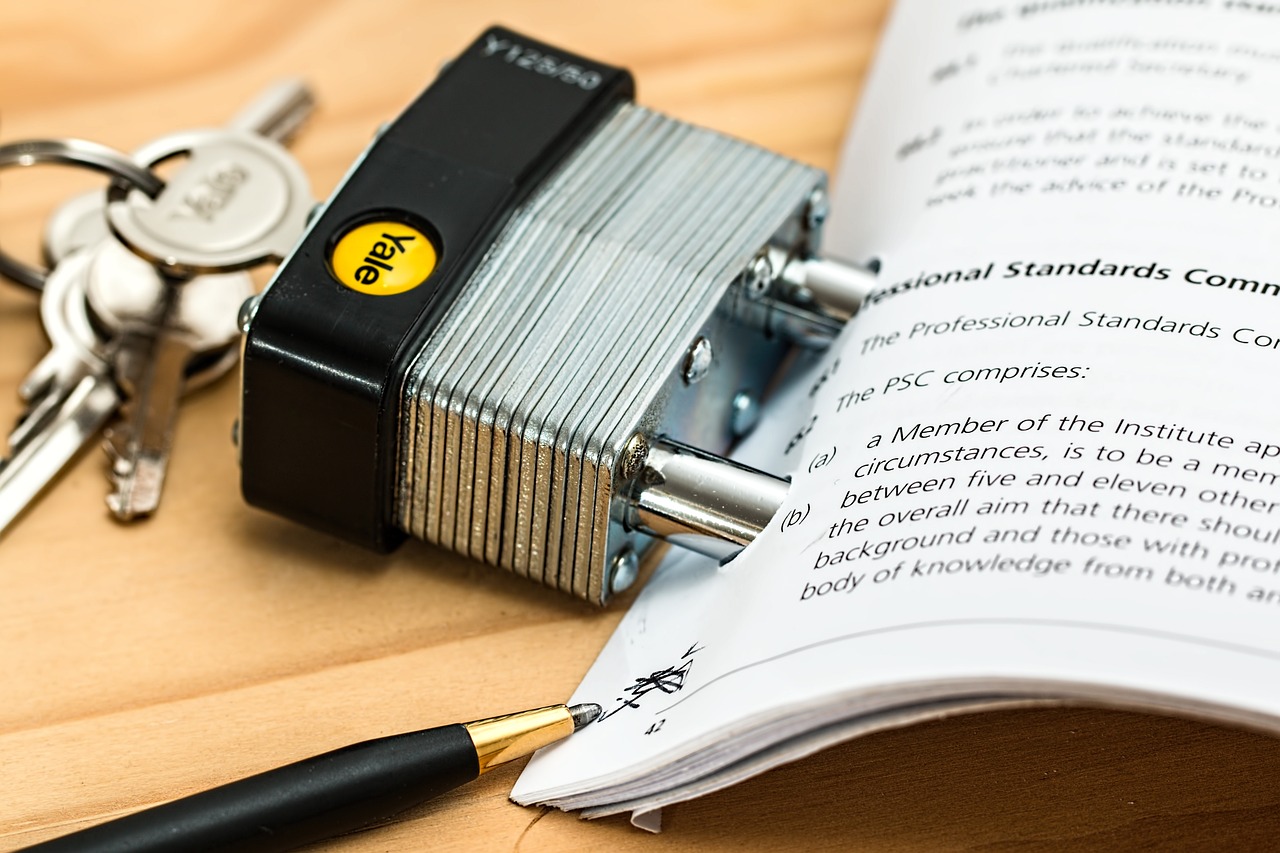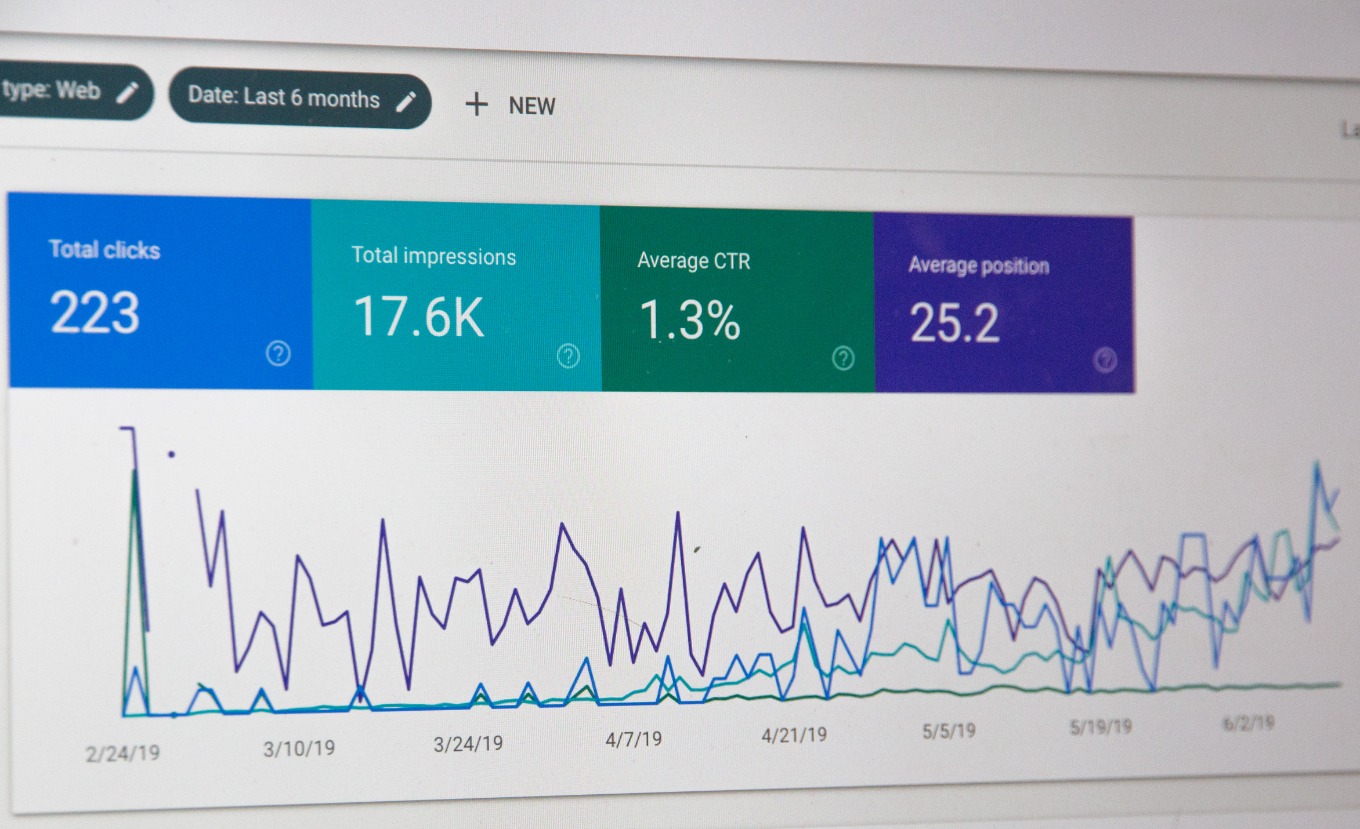Prenup Lawyers Industry Report: Key Findings and Insights for a Thriving Practice
Prenuptial agreements, colloquially known as prenups, represent one of the most peculiar and fascinating branches of family law. These legal contracts entered into by couples prior to their marriage may seem straightforward, but their complexities, ramifications, and implications in the broader societal context have sparked a vibrant industry of specialized prenup lawyers. This industry report aims to provide key findings and insights, drawing on analysis from historical, legal, economic, mathematical, and social sciences perspectives. We shall dissect the who, what, why, and most importantly, the how of this thriving practice.
The jurisprudentia behind prenuptial agreements is multi-faceted and profound. The concept of premarital agreements finds its roots in Roman law, where "pacta dotalia" was used to safeguard women's rights in case of divorce. In the contemporary context, there are two primary paradigms that underline the concept of prenuptial agreements: The Uniform Premarital Agreement Act (UPAA) and the Principles of the Law of Family Dissolution: Analysis and Recommendations (PLFD). The UPAA, promulgated by the National Conference of Commissioners on Uniform State Laws in 1983, provides a framework for the content and enforcement of prenuptial agreements. The PLFD, on the other hand, is a more progressive approach, proposing that marital agreements should be enforceable to the extent they are substantively fair at the time of enforcement. These legal frameworks inform the daily practice of prenup lawyers and directly impact their counsel to clients.
The evolution of the economy and its relationship with demographics offers insight into the growing relevance of prenup lawyers. As the wealth gap broadens and the age of first marriages increases, prenuptial agreements become a rational choice for asset protection and financial predictability. The statistical correlation between the rise of high-net-worth individuals (HNWIs) and the uptake in prenuptial agreements is compelling, with Pareto's Principle, or the 80/20 rule, potentially applicable. Further, the increase in dual-income households and the shifting societal norms surrounding gender roles have brought prenups into the mainstream discussion.
The mathematical side of the equation is predicated on a simple risk-benefit analysis. From a game theory perspective, the Nash equilibrium suggests that if both partners have complete and perfect information about each other's assets, an optimal prenuptial agreement can be reached that satisfies both parties. The concept of Pareto efficiency also comes into play in the negotiation of these agreements. A prenup, in its ideal form, should be a Pareto improvement that leaves both parties better off than their initial state without making either party worse off.
There is a social dimension to prenuptial agreements as well, which is perhaps the most intricate and challenging for prenup lawyers to navigate. The perception of prenups as a cynical prerequisite to marriage goes against the grain of traditional societal norms around love and matrimony. However, the rise of individualism and the reframing of marriage as a partnership of equals have paved the way for more open conversations about financial planning and asset protection in marriages. The role of prenup lawyers extends beyond mere legal counsel, to navigating these social complexities and facilitating respectful and productive conversations between future spouses.
The contemporary prenup lawyer thus stands at the crossroads of historical precedence, legal paradigms, economic trends, mathematical logic, and social norms. The ability to navigate these facets with sensitivity, intellectual rigor, and strategic foresight is what sets apart a thriving prenup practice.
As we look towards the future, we can make an educated speculation on the direction of this industry. The trend towards individualism, financial independence, and the consequent rise in marital agreements is set to continue. Furthermore, the growing complexity of financial products and the digital economy will likely inject new challenges and opportunities into the prenup landscape. It is our belief that prenup lawyers who stay abreast of these multidimensional shifts, and who are able to provide holistic, tailored counsel to their clients, will be well-positioned for success in this dynamic field.
The contemporary prenup lawyer thus stands at the crossroads of historical precedence, legal paradigms, economic trends, mathematical logic, and social norms.






